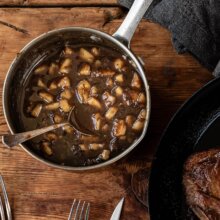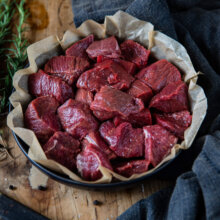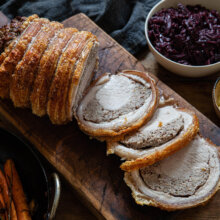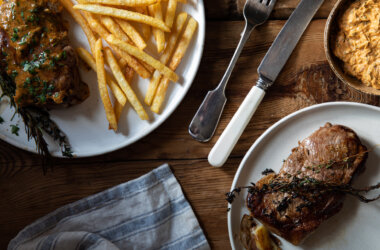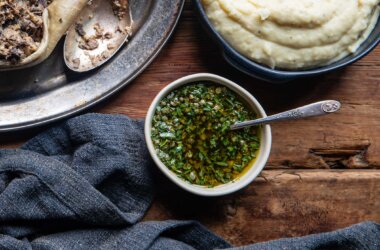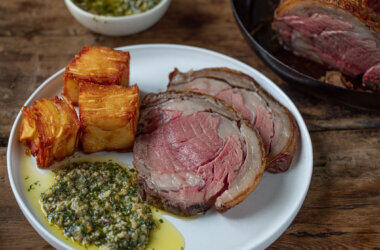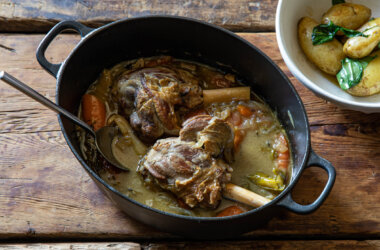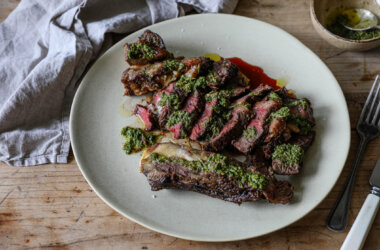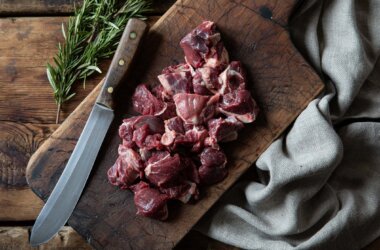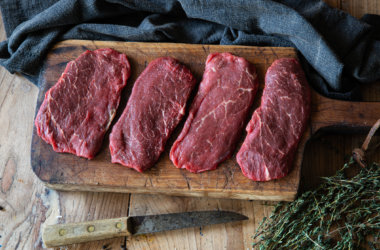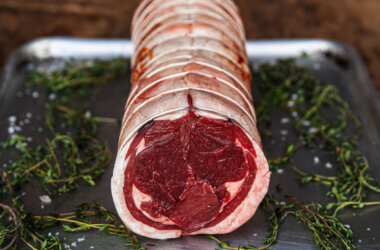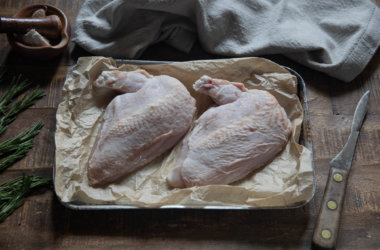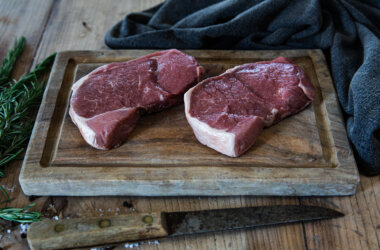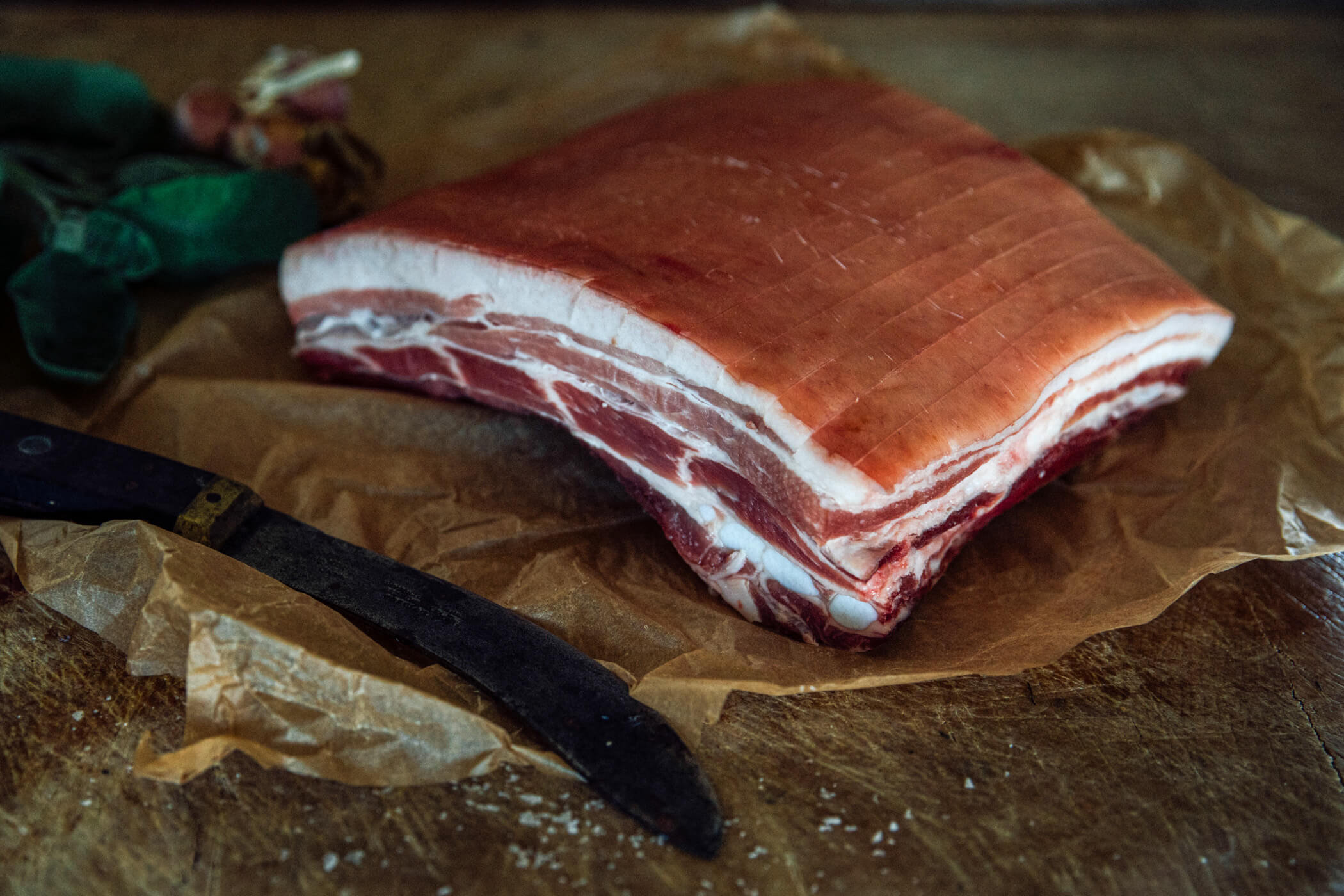
What Is Pork Belly?
How to Cook Pork Belly: Pork belly is a richly marbled cut taken from the middle section of the pig, following on from the loin. It includes the flesh from the underside of the animal along with a large portion of the rib cage. This cut is made up of alternating layers of meat and fat, giving it its distinctive succulence and depth of flavour.
Known for its versatility, pork belly can be slow roasted until meltingly tender with crisp crackling, braised for added richness, or cured and smoked to make bacon. It’s a favourite in a range of global cuisines, from British roasts to Chinese red-cooked pork and crispy Filipino lechon kawali.
How Long to Cook Pork Belly?
One of the great advantages of pork belly, and a key reason for its popularity across so many cuisines, is its exceptional versatility. It can be cooked in a wide range of styles, from slow smoking or confiting over several hours to quick grilling or searing in just minutes.
Even when roasting, there is room for preference. Some favour a long, slow roast until the flesh is tender and falling apart, while others prefer a shorter roast that leaves the meat slightly pink and full of moisture.
In short, there is no single answer to how long pork belly should be cooked. It depends entirely on your chosen method, desired texture, and the role it plays in your dish.
How to Cook a Pork Belly Joint
There are countless ways to prepare pork belly, but for the sake of clarity, we’ve chosen just one. This is our go-to method for slow roasting a pork belly joint, perfect for Sunday lunch.
- Remove the pork belly from the fridge and its packaging, then pat it dry with kitchen towel.
- Season generously with salt and place on a trivet of roughly chopped vegetables.
- Transfer to an oven preheated to 200°C and roast for 15 minutes. Reduce the temperature to 140°C and cook for a further 2½ to 3 hours.
- Check the crackling — if it needs crisping, increase the heat to 200°C and roast for an additional 15 minutes.
- Remove from the oven and rest for at least 30 minutes before carving.
Top Tips for Perfect Pork Belly
- Grind fennel seeds and black peppercorns using a pestle and mortar, then mix with sea salt to create a deeply aromatic seasoning for the skin.
- If possible, season the pork belly up to six hours before cooking. This allows the salt time to penetrate the meat and helps draw out moisture from the skin for superior crackling.
- Dry the skin thoroughly. For best results, leave the belly uncovered in the fridge overnight to allow the skin to dry completely before roasting.
- Score the skin with a sharp knife to encourage even rendering of fat and crisp, golden crackling across the surface.
- Pour boiling water over the skin before seasoning. This tightens the skin, making it easier to score and enhancing the crackling — just be sure to dry thoroughly afterwards.
- Use a wire rack or trivet of chopped vegetables to elevate the meat. This promotes even heat circulation and allows fat to render cleanly beneath.
- Add a splash of white wine, cider, or stock to the tray. This helps keep the belly moist during cooking and creates a flavourful base for a gravy or jus.
- Before carving, remove the rib cage in one piece. The ribs can be kept and enjoyed later in the week — packed with flavour and perfect for a quick meal.
- Always rest the pork belly for at least 30 minutes before carving. This allows the meat to relax and the juices to redistribute, ensuring tender slices every time.
Pork Belly Recipes
While the recipe above pairs beautifully with classic roast dinner trimmings, there are other delicious directions to explore. Try serving the slow-roasted belly with an endive gratin and a peppery watercress salad for something a little lighter.
For a more adventurous take, Georger Ryle’s Taiwanese Pork Belly Bao Buns with Pickled Vegetables offer a richly satisfying alternative — soft, pillowy, and full of flavour.
